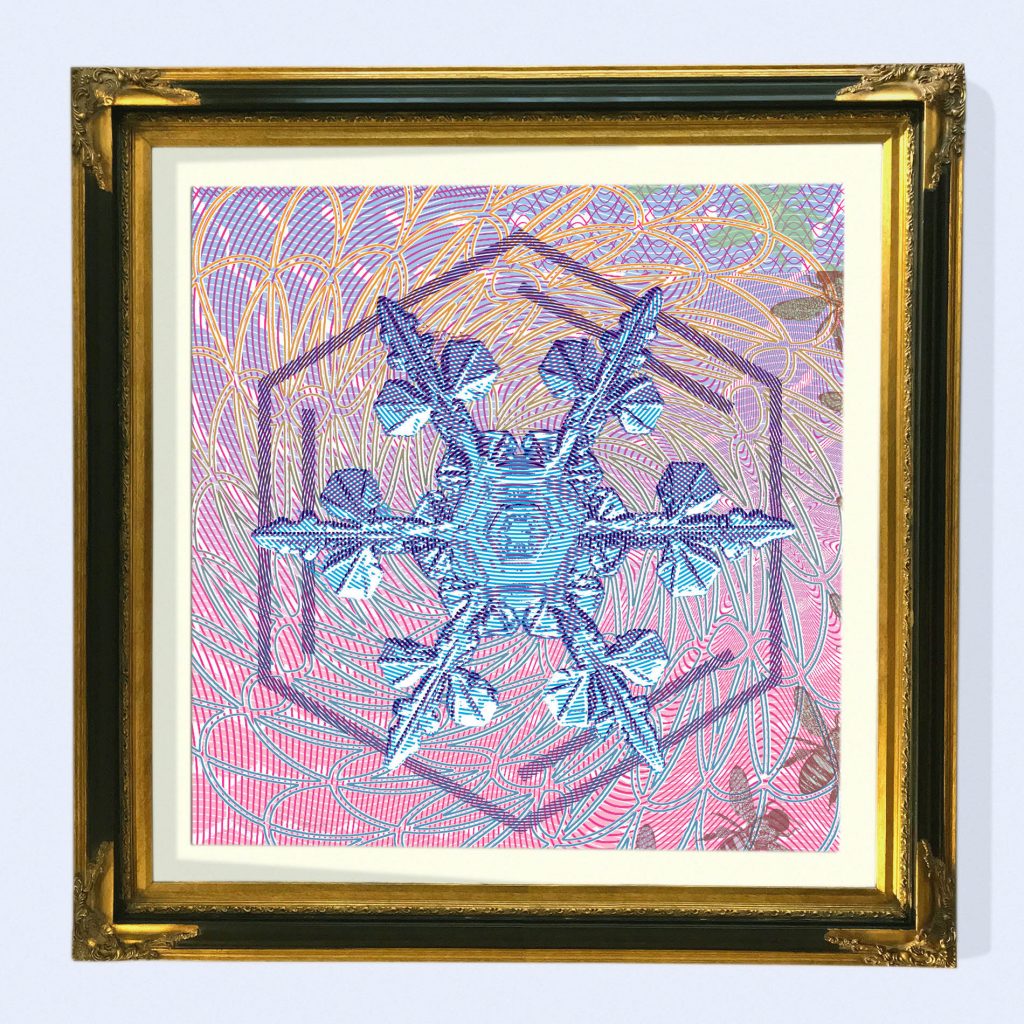3 Questions
20090910
1) What do you define as innovation in art?
a) Is it something that can be taught, or shaped into something useful?
b) Is it attempting or realizing something never done before?
c) How does innovation fit in with the process of design?
Innovation cannot be taught because this would only be regurgitation. Therefore, innovation is always more likely to be rejected by a teacher because it does not suit the tastes of what is possible to teach! Teachers never spot an innovator: they’re only looking for the tangible manifestation of what they already know in others. Whether innovation can be shaped into something useful depends on the definition of ‘useful’. What is progressive and innovative, is always more complex than what has gone before. What is useful, is always simpler, since ‘use-value’ is synonymous with commodity-value and, when progression only results in more complexity, simplicity is the ONLY COMMODITY THAT CAN ONLY APPRECIATE IN VALUE. This is the semantic negative correlation between ‘useful’ and ‘innovation’, and what makes innovation in the marketplace so challenging.
Yes, it is the realization of something that has not been done before. However, this is ambiguous since the same piece of art or design can mean vastly different things depending on when and where its made. Martin Creed’s Lights Turning On and Off meant something different in 2001, compeared to the exact same work made my an Italian artist twenty years prior. Given this ambiguity, I prefer to take ‘never been done before’ as a given, because we cannot return to the 70s and relive the original meaning of the Martin Creed predecessor. Every day is unique because the conditions are never exactly the same as another time. So, no matter how retrograde art or design appears it is always unique because the conditions of its conception and reception are inherently unique. To proclaim something’s Newness is to market it because people find newness inherently attractive. It is invariably, physically speaking, nothing new.
Innovation and design are interlinked by of the open-ended nature of humanity. A dumber animal would create perfect design because it would it would all be the same and exhibit the same level of manual dexterity, forever! – no innovation. Woodpeckers, spiders and honeybees are all better designers than humans because they are limited to closed parameters. The nature of human innovation is an open-ended struggle: it could go anywhere. The future is unknown…we write the future but we don’t know who we are. We are anonymous authors of a future we do not know and we perpetually return to art, design, innovation, science and religion for answers.
2) What makes a project or artist successful?
Art and design are: 1) a flight from boredom 2) artificial extension of ego. If they satisfy these too criteria they are successful. Ego cannot be fulfilled, and boredom can never be totally avoided. Therefore, it is the job of art to consistently fail*. This is a trick question. *the story of the failure of art is not be confused with stylistic failure, which is a phenomenon exclusively applied to fashion and ideology of Romanticism, Modernism and Postmodernism. The story of the failure of art itself is as long as human history, and characterizes even art that does not acknowledge failure as a ‘style’. Example: the Venus de Milo became appreciated as a relic, a ‘complete ruin’. It stood for failure as a positive aesthetic choice. But the failure of art in general is a failure that touches the damaged Venus de Milo as much as it applies to the original complete statue, because both are concerned with what art is in relation to man’s own limitations- including the inescapable truths of boredom and ego that cloak every move man makes.
3) Is it possible to analysis art in such a scientific way, or is there a fundamental “mysticism” inherent in design?
This question is flawed because science too is a form of mysticism. It represents the world in no less open-ended way than art because science always ends up asking more questions than it answers. It only appears objective because of the misleading rhetoric of scientists, compeared to the supposedly open-ended and subjective rhetoric of artists’ speak. Artists are not good orators, but they pride themselves on their inquisitive and curious nature; scientists pride themselves on their ability to explain things. It turns out however, that the ego worn on the sleeve of the scientist is often tattered on the inside, and the delicate ego on the contemporary artist’s smock can reveal itself to be as absolute in conviction as the scientist convinced by a lifetime of proof. Both are taught in school, both are stylisms of rhetoric. The point is, both are based on BELIEF in all its irrationalities. Only an artist could ask the question above because the artist is in the unfortunate position of having to carve out what he does by making everything else opposite to art: everyone is an artist, and anything can be art, so for art and artist to become unique they must somehow be different and opposite in ideology and content to science and the scientist. The person asking the above question should know that a scientist is ready to take over their job of ‘being an artist’ any day!












